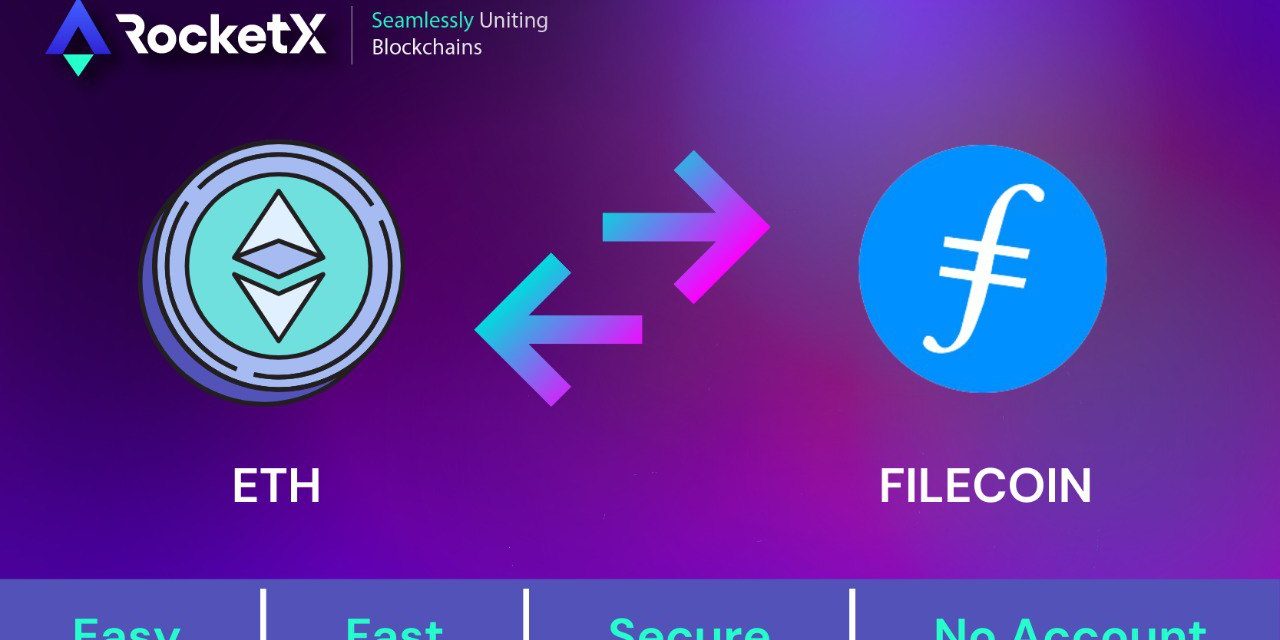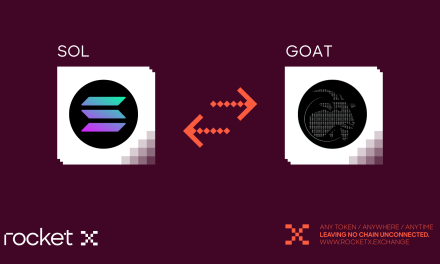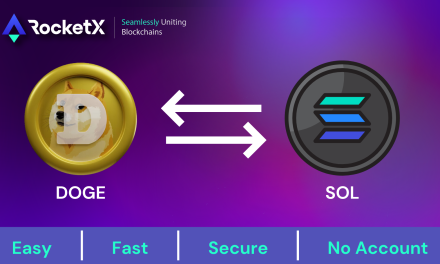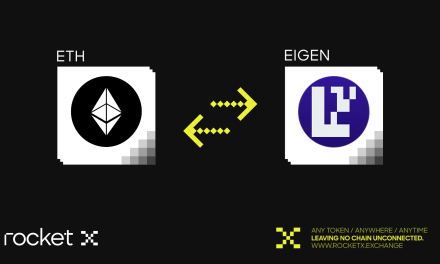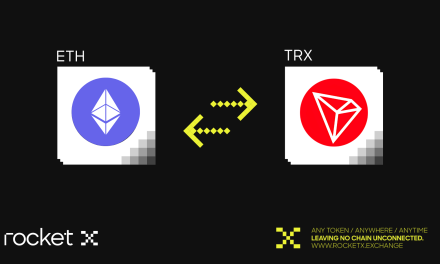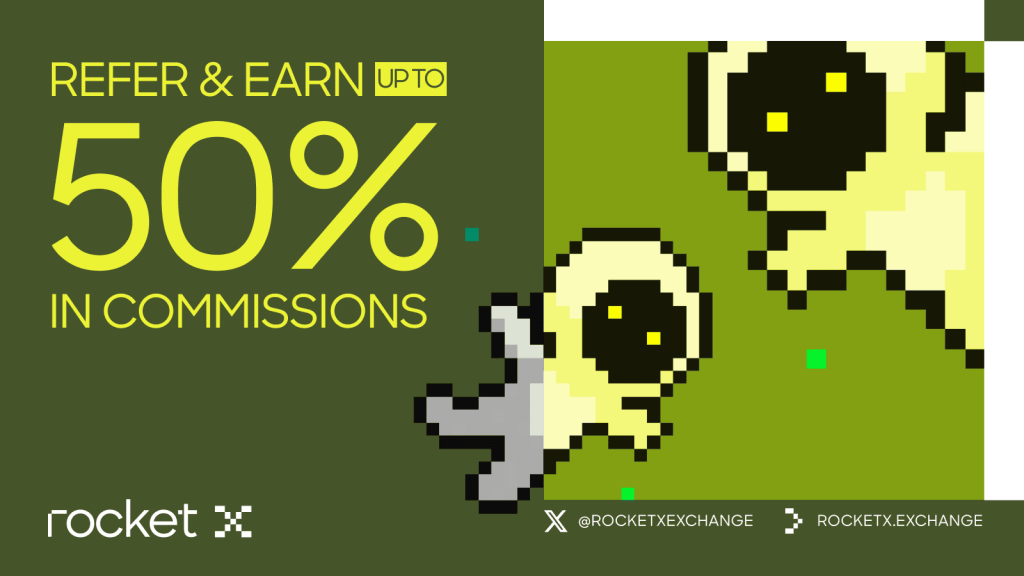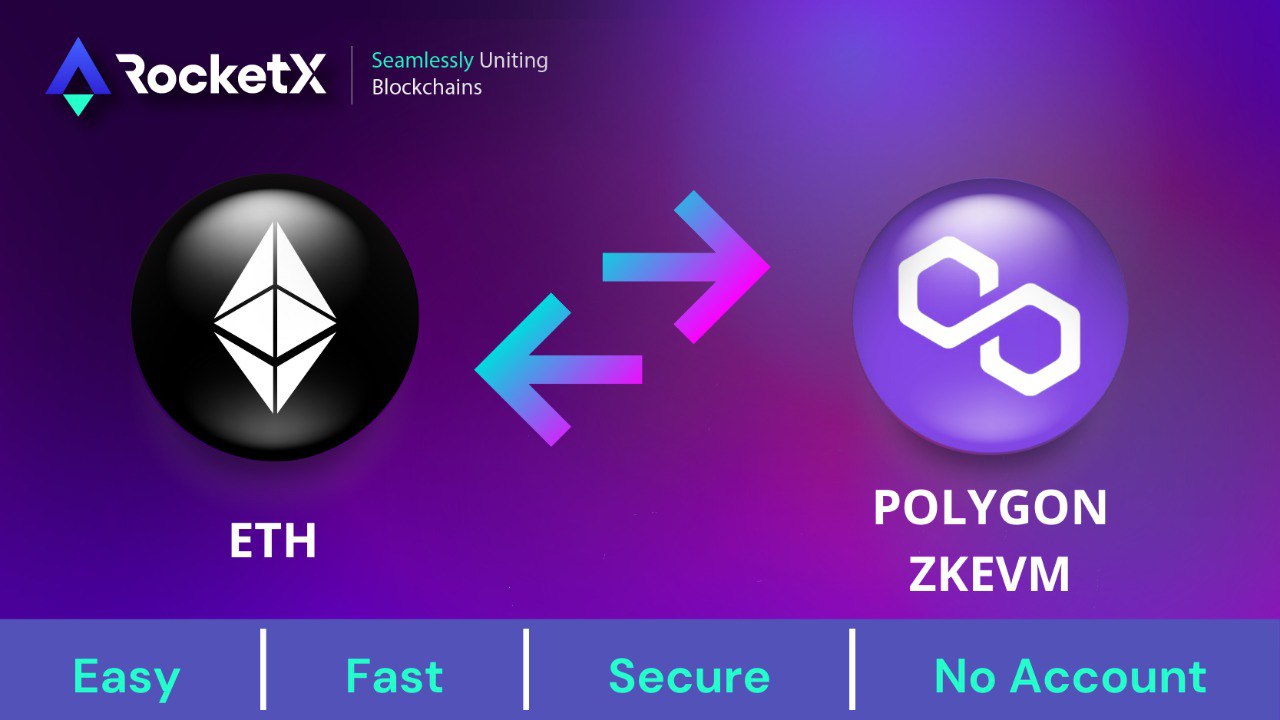
While Ethereum has become a powerhouse in decentralized finance (DeFi) and decentralized applications (dApps), it has struggled with high transaction fees and network congestion. Polygon zkEVM has emerged as a solution to these challenges, allowing users to benefit from Ethereum’s security while enjoying lower costs and faster transactions.
This article explores how Polygon zkEVM works, why it’s a game-changer for the Ethereum ecosystem, how it compares to other solutions, and how you can bridge assets to this network using RocketX Exchange.
What is Polygon zkEVM?
Polygon zkEVM is a Layer 2 scaling solution that enhances Ethereum’s functionality by improving transaction speed and reducing fees. What makes it unique is its use of Zero-Knowledge Proofs (zk-proofs), a cryptographic method that allows transactions to be verified without exposing sensitive information. This technology enables zkEVM to bundle multiple transactions off-chain and then submit them to Ethereum’s Layer 1 for final validation.
The beauty of this approach is that it drastically reduces the amount of data that needs to be processed on Ethereum’s base layer, which in turn lowers gas fees and increases throughput. zkEVM is fully compatible with Ethereum’s infrastructure, meaning developers can deploy their dApps and smart contracts on the network without modifying code.
This compatibility allows zkEVM to function seamlessly with existing tools, smart contracts, and wallets on Ethereum, making it a user-friendly solution for developers and traders. It preserves the security of Ethereum while offering a more efficient and cost-effective environment for transactions.
How the zkEVM Network Works
At its core, the zkEVM network processes transactions off-chain, using zk-proofs to ensure validity before submitting them to Ethereum’s mainnet. This off-chain processing reduces the burden on Ethereum, allowing it to maintain its security without dealing with the high costs and congestion that have plagued the network.
The technology behind zkEVM involves bundling transactions and creating a zero-knowledge proof that can confirm all transactions in the bundle are valid. This proof is then sent to Ethereum, allowing the mainnet to verify the entire batch with minimal computational effort.
This approach not only reduces costs but also improves speed, enabling zkEVM to handle a higher volume of transactions. With regular upgrades like Dragon Fruit and Elderberry, zkEVM continues to refine its performance, ensuring it can handle future growth in the Ethereum ecosystem.
How zkEVM Compares to Other Layer 2 Solutions
The blockchain space is filled with various Layer 2 solutions, each designed to enhance Ethereum’s scalability. Some of the most popular options include Optimism, Arbitrum, and StarkWare. While these solutions offer their unique approaches, Polygon zkEVM stands out due to its use of Zero-Knowledge Proofs and its seamless compatibility with Ethereum’s infrastructure.
- Optimistic Rollups (used by Optimism and Arbitrum) rely on a system where transactions are assumed to be valid unless proven otherwise through fraud proofs. This process takes time, as fraud proofs can delay transaction finality. In contrast, zkEVM uses zk-proofs that confirm validity upfront, making it faster and more secure.
- StarkNet, another zk-rollup solution, also leverages zero-knowledge technology but requires developers to learn new programming languages and tools. Polygon zkEVM, on the other hand, ensures compatibility with Ethereum, making it easier for developers to onboard existing projects.
By offering a more streamlined experience for developers and faster transaction finality for users, zkEVM has become one of the most promising Layer 2 solutions in the Ethereum ecosystem.
How to Bridge Assets to Polygon zkEVM Using RocketX
Now that you understand the potential of zkEVM, you may want to bridge assets to this network. RocketX Exchange offers a simple and efficient way to facilitate cross-chain transactions, allowing users to move assets between different networks seamlessly. Here’s how you can bridge assets to zkEVM using RocketX:
Access RocketX and Connect Your Wallet
Visit the RocketX Exchange platform and log in to your account. Connect your wallet, such as MetaMask, Rabby, or OKX, where you hold your assets.
Select the Source and Destination Networks
On the RocketX cross-chain interface, choose your source network (e.g., Ethereum or Binance Smart Chain) and select zkEVM as the destination. RocketX supports multiple blockchain networks, making the asset transfer process highly flexible.
Choose the Asset and Amount
Select the asset you want to transfer (such as ETH or USDC) and specify the amount. RocketX will display the expected transaction time and gas fees, giving you a clear understanding before proceeding.
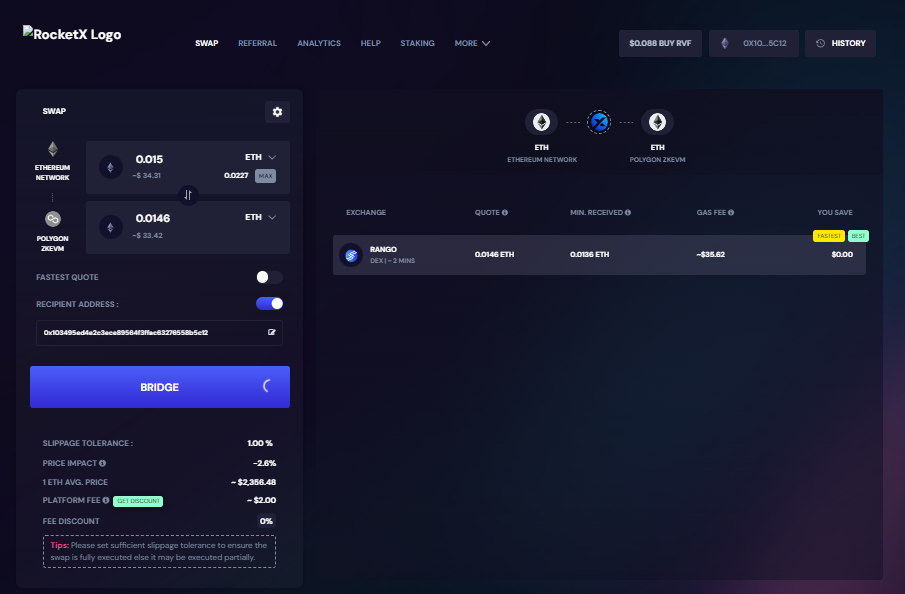
Initiate the Transaction
Once you’ve chosen your assets and networks, click on the bridge button to start the transaction. RocketX will guide you through the steps, including signing the transaction with your wallet. RocketX’s advanced algorithms ensure the best possible rates and quickest execution times.
Confirm on zkEVM
After the transaction is complete, confirm that your assets have been successfully bridged to zkEVM. You can check this by looking at your wallet or by using blockchain explorers such as Etherscan or zkEVM PolygonScan.
Airdrop Opportunities for Early zkEVM Users
In addition to offering a highly efficient platform, zkEVM may also present airdrop opportunities for early users. Polygon has indicated that they plan to use MATIC (POL) for staking and governance within the ecosystem. Furthermore, one of the founders has hinted at the possibility of an airdrop for early users.
It’s speculated that early adopters could receive an airdrop of MATIC (POL), a new token, or even both. To improve your chances of being eligible for future airdrops, it’s recommended to engage with the network regularly by performing transactions on a weekly or monthly basis.
This potential reward system makes zkEVM even more attractive to traders and developers looking to benefit from the ecosystem’s growth.
The Future of zkEVM in the Ethereum Ecosystem
With the continuous evolution of zkEVM, it’s clear that this Layer 2 solution is poised to play a vital role in Ethereum’s future. Major upgrades like Dragon Fruit and Elderberry have already improved the network’s performance, ensuring it can handle the demands of a growing user base.
As the Ethereum ecosystem expands, zkEVM’s role as a scalability solution will become more critical. By providing a platform that offers faster, cheaper, and more secure transactions, zkEVM is well-positioned to support Ethereum’s transition to a more scalable and efficient network.
Conclusion
Polygon zkEVM is more than just a Layer 2 solution; it’s a cornerstone for Ethereum’s future scalability. With its use of Zero-Knowledge Proofs, seamless EVM compatibility, and reduced gas fees, it offers solutions for both developers and users. As zkEVM continues to evolve with major upgrades and potential airdrop opportunities, now is the perfect time to engage with the network and explore its benefits.
By using platforms like RocketX Exchange, you can easily bridge assets to zkEVM and participate in one of the most promising solutions in the Ethereum ecosystem.

